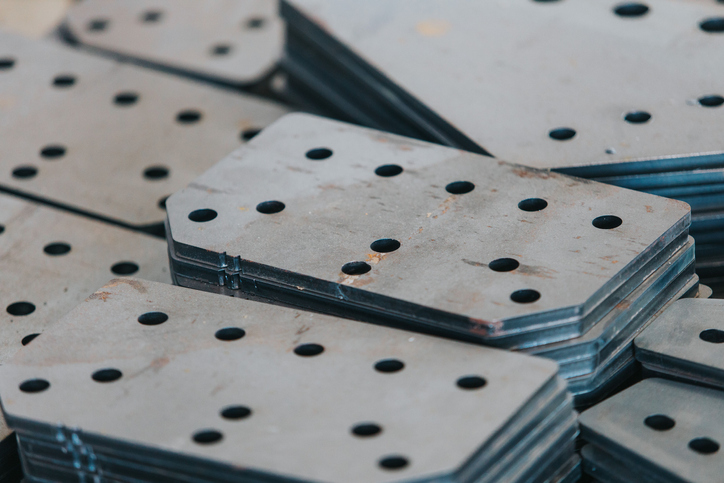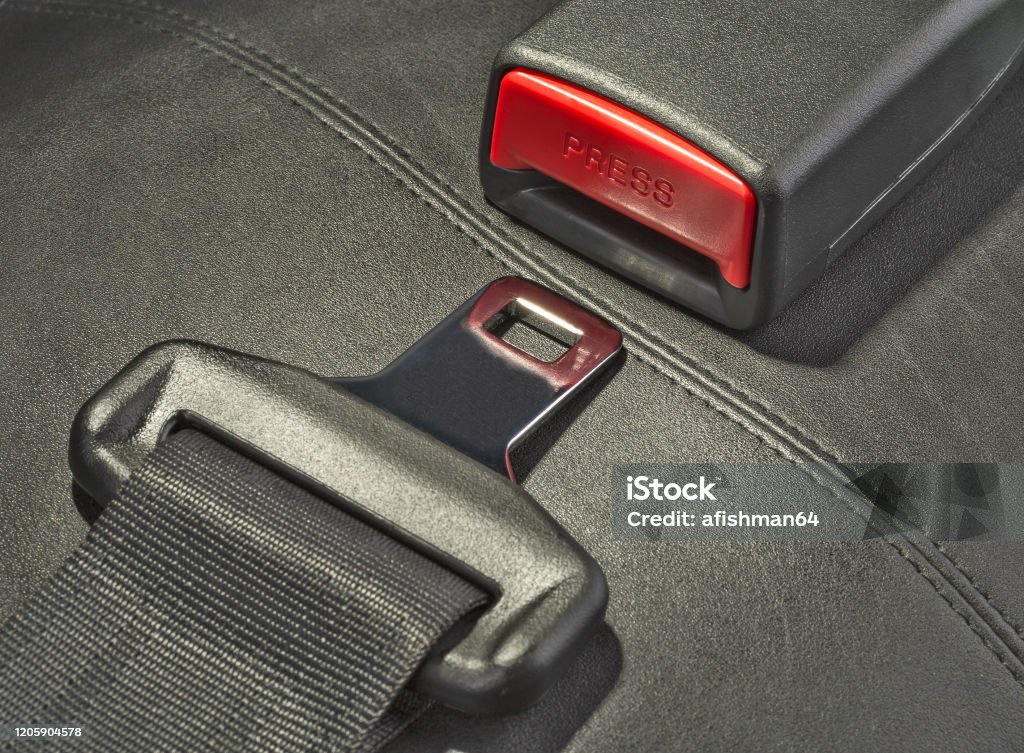Electrocoating (e-coating) and powder coating share a common purpose: protecting a component or assembly against the elements. In the industrial industry, powder coating vs e-coating serves as a common point of debate. Each technique offers key distinctions in applications and the rationale behind their application.
Courtesy: Clydesdale Classic Cars
E Coating
E-Coating begins with immersion in a paint bath, soaking up a concoction of water, epoxy or resin, and black pigment.
An electric current then enters through the anode cells, charging the suspended particles in the liquid solution. These charged particles deposit themselves onto the negatively charged surface of the part. Electrodeposition continues as resistance builds, ensuring an even coating thickness across every nook and cranny of the part.
The freshly coated part then bakes in an oven, heating to temperatures between 320°F and 360°F for 20 to 30 minutes. This heat promotes cross-linking, locking in the coating’s integrity.
Courtesy: ELSEVIER
The immersion coating coupled with the applied voltage guarantees impeccable 100% coverage, providing strong corrosion resistance.
E-coating stands out as the go-to undercoat for various parts, delivering high performance. However, it’s essential to note that the color palette in most paint baths leans towards black or white, presenting some limitations in terms of color variety.
Benefits
Consider the following advantages if you are contemplating the use of e-coating for your products:
- Precise Thickness Control: One standout feature of e-coating is its unparalleled control over the thickness of the protective coat. This precision occurs through various methods, including adjusting the submersion duration of the coating bath or modifying the electrical charge level of the bath. This level of control allows for the creation of precise and tailored finishes, making it especially efficient when thinner coats are essential for certain products.
- Enhanced Durability: The thickness provided by e-coating directly translates into heightened durability. This robust protective layer acts as a formidable shield, significantly improving resistance against corrosion and extending the overall lifespan of the items. The result is a lasting defense mechanism that safeguards against environmental elements and the natural wear and tear of everyday use.
- Versatility in Coverage: The immersion process ensures not only uniform coverage but also proves advantageous for products with irregular shapes or challenging-to-access surfaces. This results in an even and thorough coating, irrespective of the product’s form.
Application
Selecting the ideal coating method becomes crucial when dealing with products featuring uneven surfaces or intricate areas that are challenging to reach. E-coating emerges as the perfect solution for such scenarios, offering robust protection tailored to specific needs. Notably, many automotive manufacturers leverage e-coating as a primer for car paint jobs. This strategic use enhances the durability of the paint, ensuring a resilient shield that safeguards the entire surface of the vehicle over time.
Powder Coating
Powder coating provides another versatile and widely adopted method for applying protective and aesthetically pleasing finishes.
Courtesy: AIC
Process
The powder coating process begins with the formulation of the powder itself. The majority of powders used in this process consist of a meticulous blend of epoxy or polyester resins, pigment for color, and curing agents. This precise combination ensures not only visual appeal but also robust durability.
A crucial aspect of powder coating is the electrostatic application. A specialized spray gun is electrostatically charges the powder particles as they travel through the gun. This charge causes the powder particles to become attracted to the negatively charged surface of the subject part. The electrostatic nature of this application ensures an even and comprehensive coverage, reaching recessed areas and providing a uniform finish.
Powder coating offers flexibility in application methods. The process can be carried out manually with an operator using a manual gun, allowing for precision in intricate details. Alternatively, it can be automated, employing guns mounted to reciprocators. This adaptability makes powder coating suitable for various scales of production.
Similar to e-coating, the final step in the powder coating process is curing. The coated part undergoes a curing process at temperatures ranging from 375° to 410°F for 10 to 15 minutes. During this phase, the powder particles melt and cross-link, creating a resilient and enduring finish.
Unlike e-coating, one of the standout features of powder coating is its unrestricted color palette. Powders can be formulated in any RAL color, providing a spectrum from matte to gloss, textured, and beyond. This versatility makes powder coating a preferred choice for applications where aesthetic appearance is a primary consideration.
Walk around any modern space, and you’ll likely encounter a myriad of items that have undergone the powder coating process. Supermarket shelves, light fixtures, aluminum window frames, and countless other everyday items benefit from the protective and visually appealing attributes of powder coating.
Interestingly, powder coating can also be used as a top coat over an e-coated part. This strategic combination capitalizes on the strengths of both methods, providing not only substantial corrosion resistance against environmental elements but also an attractive and durable colored finish.
Benefits
Powder coating offers multifaceted protection against various elements. This method proves safeguards surfaces from corrosive forces, UV rays, and diverse weather conditions, ultimately contributing to the longevity and visual appeal of your products.
- Corrosion Resistance: Much like e-coating, powder coating forms a resilient shield against corrosion. The application of powder results in a thick yet durable finishing layer..
- UV Rays and Fading Protection: Extended exposure to sunlight can lead to color fading, diminishing the carefully crafted design of your products. Powder coating serves defends against UV rays, preserving the vibrancy and finish of your products even after prolonged periods in the sun.
- Weather Resistance: Resilience versus weather makes powder coating an ideal choice for products designed for outdoor applications, ensuring they remain in top-notch condition.
- Enhanced Aesthetics: Powder coating not only offers protection but can elevatea product’s aesthetic appeal. The glossy finish maintained by this process ensures that your items retain their desired look for an extended period.
- Efficiency in Painting Efforts: Opting for powder coating proves efficient in terms of paint utilization. This method significantly reduces paint waste by an impressive 95%. Additionally, any paint particles that do not adhere to the final product can be collected and reused.
Application
Choosing powder coating is a widespread strategy employed by manufacturers to safeguard and enhance various items, ranging from everyday appliances such as washing machines and stoves to common household items like tables and lamps.
The distinctive advantages of powder coating, particularly its heightened resistance to weathering, make it a particularly wise selection for items intended for prolonged exposure outdoors. If your products are destined to endure the elements permanently or for extended periods, opting for powder coating ensures a resilient and enduring protective finish. When seeking a thicker protective layer that guarantees both durability and extensive coverage, powder coating emerges as a compelling choice for ensuring the long-lasting quality of your products.
Powder Coating vs E Coating
This table outlines some key differences between E-Coating vs Powder Coating across various aspects.
| Differences | E Coating | Powder Coating |
| Application Method | Immersion and electrodeposition in a paint bath. | Electrostatic application of dry powder to a surface. |
| Process Overview | Electrically charged paint particles bond to a grounded object during immersion. | Fine powder adheres to a grounded object and is cured to form a protective finish. |
| Coverage | Excellent coverage, especially in recessed areas. | Uniform coverage on exposed surfaces. |
| Environmental Impact | Generally considered environmentally friendly. | Known for its eco-friendly nature. |
| Thickness Control | Controlled by electrical power current and bath composition. | Adjustable thickness by modifying powder application. |
| Durability | Provides a thorough and durable coating. | Offers durable and vibrant finishes. |
| Ideal Applications | Commonly used in the automotive and appliance industries. | Versatile and well suited for a multiple of industries and products. |
| Resistance | Good corrosion resistance. | Resistant to weather, chemicals, and corrosion. |
| Complex Shapes | Well-suited for intricate shapes and recessed areas. | May have limitations on covering complex shapes. |
| Finish Appearance | Typically results in a smooth and even finish. | Offers a range of finishes, including textured and smooth. |
| Coating Thickness | Usually provides a uniform thickness on surfaces. | Thickness can be adjusted based on application. |
Is E-Coating right for you? ITD Precision offers premium e-coat application services for a variety of industries.


